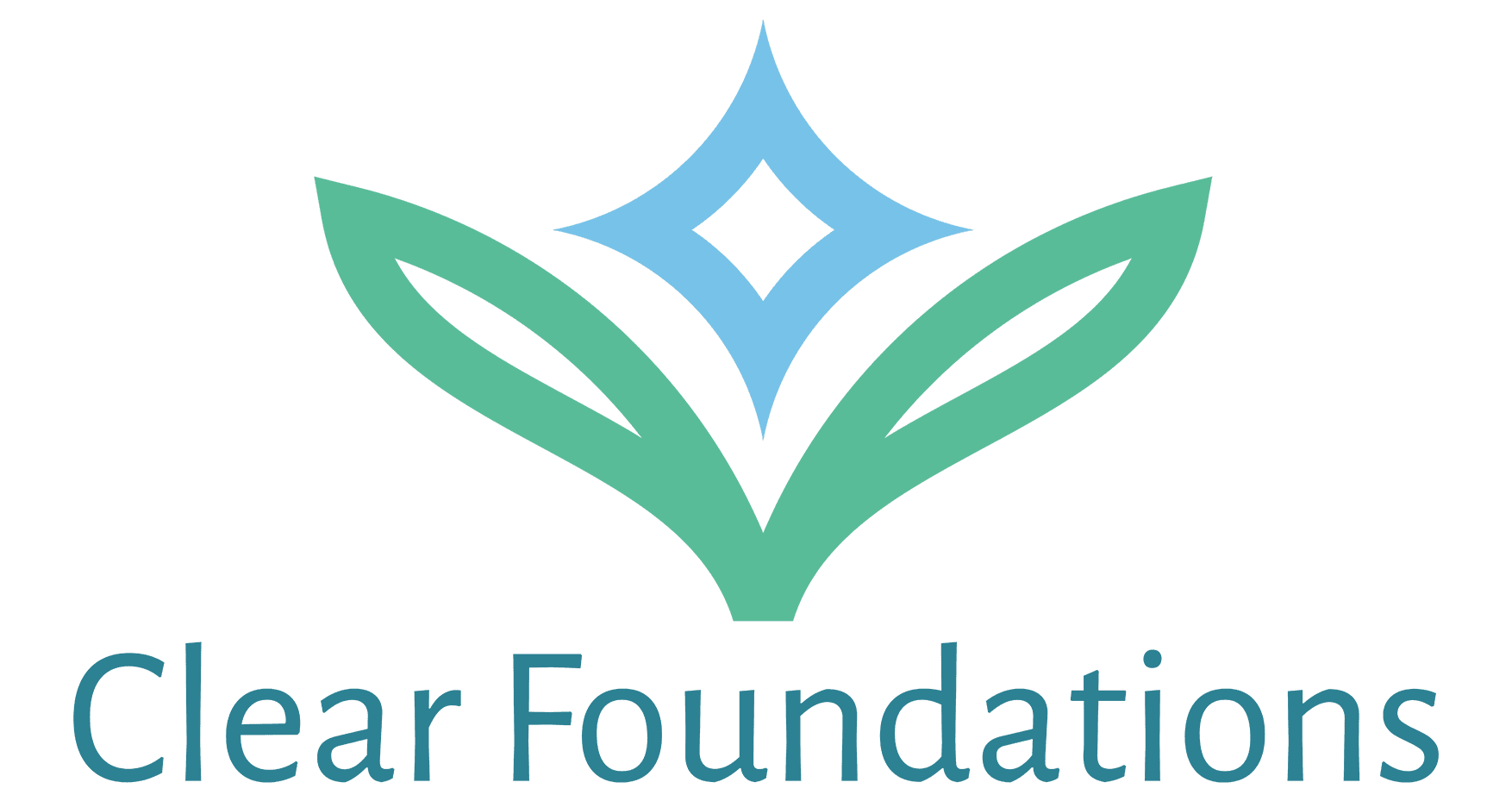Post Traumatic Stress Disorder – It’s the Little Things
Written By: Mauria O’Toole
PTSD is complicated, and everyone’s experience with it is different. Whether you’re reading this because you’ve gone through it, someone you care about is dealing with it, or you just want to learn more, you’re in the right place. Clear Foundations wanted to talk about some important things you might not know, share information beyond the usual stuff, and give tips on how to take care of yourself or someone else with PTSD.
We often think of PTSD as a bunch of really tough symptoms after something bad happens. This can be true. When doctors try to figure out if someone has PTSD, they look at four main types of symptoms: “reliving the event,” “avoiding things,” “being on edge,” and “changes in feelings and thoughts.” There are certain things in each category that a person must experience to be diagnosed, but everyone with PTSD has trouble in all these areas.
Let’s look at what these symptoms might look like in real life:
“Reliving the Event”: This might show up as upsetting thoughts that pop into your head about the bad thing that happened. These thoughts can come out of nowhere, not just when something reminds you of the event.
“Avoiding Things”: This can be different for everyone. It might mean staying away from places or people that remind you of what happened, trying not to think about it, or avoiding things that might make you feel upset.
“Being on Edge”: This could mean feeling like you’re always on high alert, like you’re waiting for something bad to happen, even when you’re safe.
“Changes in Feelings and Thoughts”: This might look like not enjoying things you used to love.
These symptoms can be really hard to deal with on their own. But they can also make other parts of life difficult. A study from this year (2024) found that PTSD can affect things like making friends, doing well in school or work, staying healthy, and feeling happy overall (Miller et al., 2024). Let’s see how these symptoms might show up in everyday life:
We said that “reliving the event” can mean having upsetting thoughts that make you feel powerless and worried. One way to handle these feelings is to remind yourself that you are not your thoughts. Thoughts are just things you have, not who you are. It’s natural to want to push these thoughts away, but that can make them worse in the long run. A saying that helps is, “What we resist, will persist.” Working with a therapist can help you learn to look at these thoughts with curiosity instead of fear.
Avoiding things that remind you of the event can mess up your routine and make you feel alone. This might make you feel ashamed or confused. You might wonder, “Why can’t I just tough it out?” One thing you can do is practice being kind to yourself. Think about a time when a friend was hurting. What did you say to help them? Now, think about what you say to yourself when feeling bad. Is it different? Why? You deserve the same kindness you give to others.
When you’re feeling on edge, it’s important to bring yourself back to the present moment where you’re safe. You can do this by asking yourself questions about your surroundings and doing breathing exercises. Even silly questions can help! One of my favorites is, “If I could turn anything in this room into chocolate, what would I pick?” Other questions could be, “What’s my favorite sound that I’m hearing right now?”, “How many things of my favorite color can I see?”, or “Where am I holding the most tension in my body?”.
Not enjoying things you used to love can make you feel guilty or confused. Learning more about this can help. It might mean finding new things to enjoy, but it can also mean being kind to yourself for not liking the same things anymore. Everyone is different, and learning more can help you understand yourself better.
To sum up, PTSD is a complicated disorder that often gets stereotyped to only show the big, obvious struggles. It can affect many parts of daily life. We looked at some examples of the symptoms and some ways to cope. If you or someone you know is showing signs of PTSD, it’s important to talk to a professional and get checked out.
Additional Reading:
A Comprehensive Overview of PTSD by the National Institute of Mental Health
Complex PTSD: From Surviving to Thriving: A Guide and Map for Recovering from Childhood Trauma by Pete Walker
The Body Keeps the Score by Bessel van der Kolk, MD


